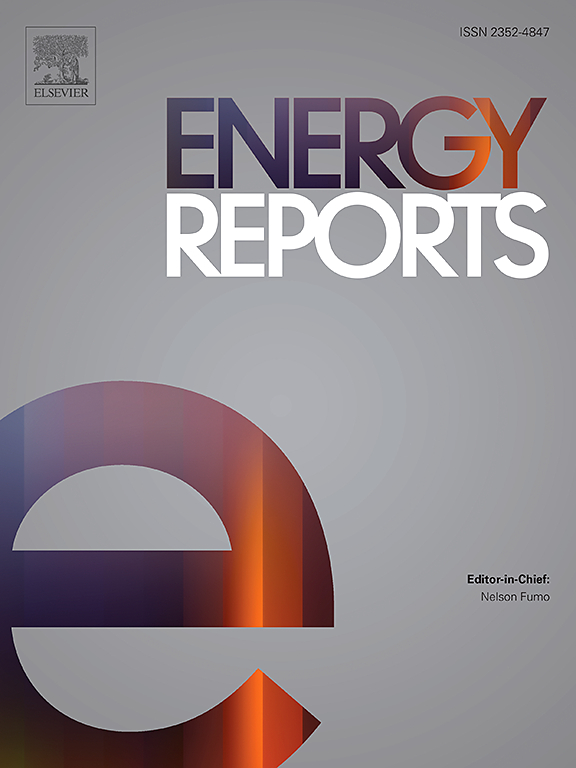净零能耗建筑:被动与主动设计概述
IF 5.1
3区 工程技术
Q2 ENERGY & FUELS
引用次数: 0
摘要
净零能耗建筑(nzeb)代表了一种减少建筑环境中能源需求和碳排放的变革性方法。虽然它们的重要性正在增加,但在许多地区,NZEB的采用仍然有限,这强调了对设计策略和实现障碍的清晰理解的必要性。本综述综合了nzeb中使用的被动和主动设计方法,并通过对Web of Science索引的3962份研究出版物的文献计量分析来支持。一个新的框架被引入到映射这些战略跨关键研究集群,突出全球趋势,研究差距,和跨领域的主题。该研究分析了被动方法(建筑朝向、自然通风)和主动系统(可再生能源集成、能源存储、暖通空调自动化)之间的相互作用,确定了智能、气候适应性建筑的新兴途径。它还概述了研究差距以及未来的优先事项,如先进的建筑材料、人工智能驱动的技术和跨气候带的性能监测。最后,审查强调需要强有力的政策和资金支持,特别是在发展中国家,以加速NZEB的部署。通过结合技术、方法和政策见解,这项工作为致力于低碳、节能未来的研究人员、设计师和决策者提供了实践基础。本文章由计算机程序翻译,如有差异,请以英文原文为准。
Net zero energy buildings: An overview of passive and active designs
Net Zero Energy Buildings (NZEBs) represent a transformative approach to reducing energy demand and carbon emissions in the built environment. While their importance is increasing, NZEB adoption remains limited in many regions, underscoring the need for a clear understanding of design strategies and implementation barriers. This review synthesizes passive and active design approaches used in NZEBs, supported by a bibliometric analysis of 3962 research publications indexed in the Web of Science. A novel framework is introduced to map these strategies across key research clusters, highlighting global trends, research gaps, and cross-cutting themes. The study analyzes the interaction between passive methods (building orientation, natural ventilation) and active systems (Renewable energy integrations, energy storage, HVAC automation), identifying emerging pathways for smart, climate-resilient buildings. It also outlines research gaps as well as future priorities such as advanced building materials, AI-driven technologies, and performance monitoring across climate zones. Finally, the review emphasizes the need for strong policy and financial support—especially in developing countries—to accelerate NZEB deployment. By combining technical, methodological, and policy insights, this work provides a practical foundation for researchers, designers, and decision-makers working toward a low-carbon, energy-efficient future.
求助全文
通过发布文献求助,成功后即可免费获取论文全文。
去求助
来源期刊

Energy Reports
Energy-General Energy
CiteScore
8.20
自引率
13.50%
发文量
2608
审稿时长
38 days
期刊介绍:
Energy Reports is a new online multidisciplinary open access journal which focuses on publishing new research in the area of Energy with a rapid review and publication time. Energy Reports will be open to direct submissions and also to submissions from other Elsevier Energy journals, whose Editors have determined that Energy Reports would be a better fit.
 求助内容:
求助内容: 应助结果提醒方式:
应助结果提醒方式:


